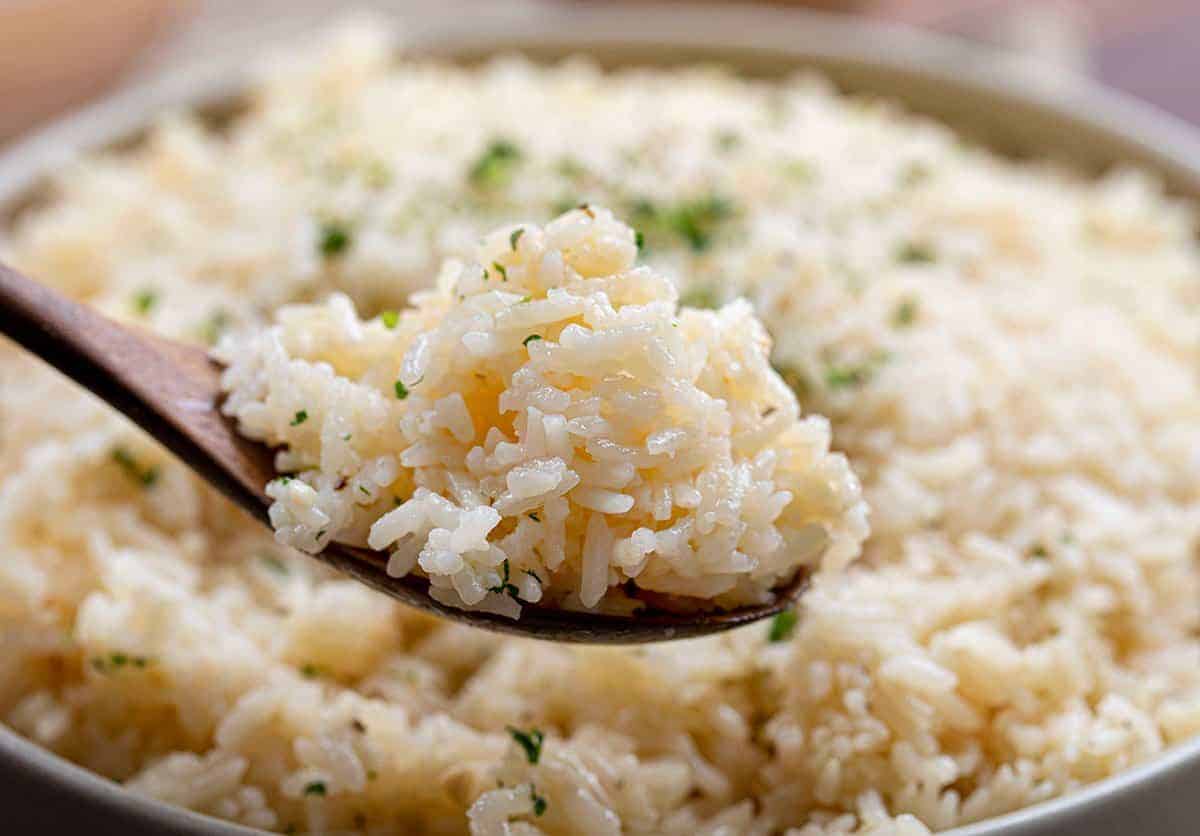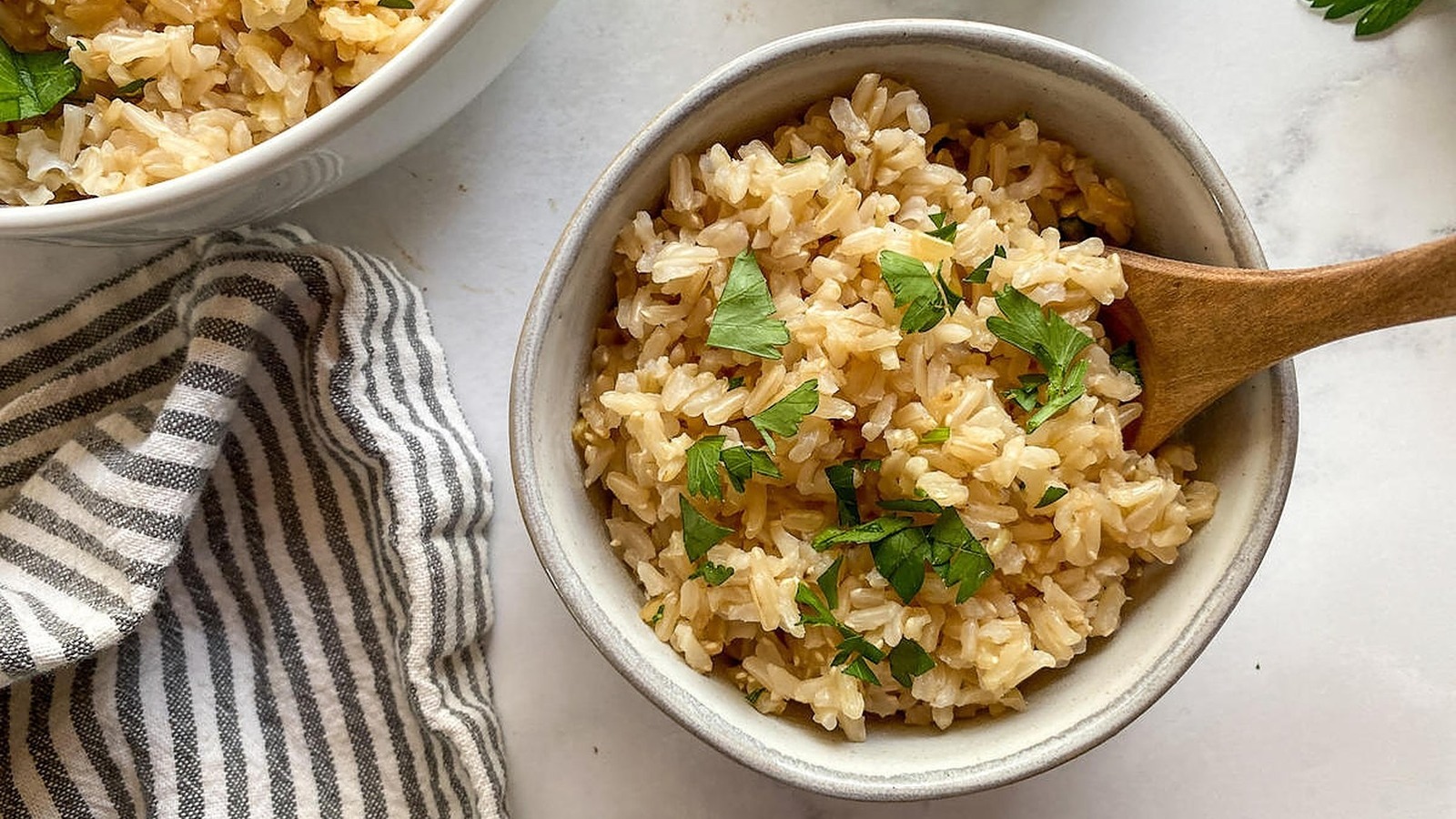A Heavenly Delight: The Ultimate Rice Kheer Recipe
Written By James Morgan
Rice Kheer, a quintessential Indian dessert, holds a special place in every heart that has ever savored its creamy, luscious texture and sweet, fragrance-filled flavors. This cherished dessert is often the centerpiece of festive occasions, family gatherings, and even humble day-to-day meals. From religious ceremonies to the smallest get-togethers, the rice kheer recipe is a timeless classic that transcends generations and regions within India.
In this article, we'll delve deep into the rich history, the delicate balance of flavors, and the meticulous steps required to create the perfect rice kheer recipe. You'll discover why this dessert is so beloved and how you can recreate that authentic taste right in your own kitchen. So, gather your ingredients and get ready to embark on this culinary journey that promises to enchant your taste buds and leave you craving for more.

The History and Cultural Significance of Rice Kheer
Rice kheer holds an esteemed place in Indian culinary tradition. Its origins trace back to ancient India, where it was first prepared in temples as a sacred offering to the gods. Over the centuries, this humble dessert evolved into a beloved treat, enjoyed by people from all walks of life. The term 'kheer' is derived from the Sanskrit word 'ksheeram,' which means 'milk.' This etymology underscores the central role of milk in this dessert, making it a celebration of Indian dairy farming and agricultural heritage.
The versatility of rice kheer has led to its adaptation across various regions of India, each adding its unique twist to the dish. While the basic rice kheer recipe remains consistent a blend of rice, milk, and sugar regional variations introduce ingredients like jaggery, coconut milk, and even fruits. In South India, for instance, a similar dessert known as 'payasam' often incorporates lentils and cardamom, adding layers of complexity to the flavor profile.

Essential Ingredients for a Perfect Rice Kheer
Creating an authentic rice kheer recipe requires a careful selection of high-quality ingredients. Each component contributes to the overall texture and flavor, making it imperative to choose them wisely. Here is a list of essential ingredients:
- 1 cup of Basmati rice
- 1 liter of full-fat milk
- 1 cup of sugar
- 3-4 green cardamom pods
- A handful of chopped nuts (almonds, cashews, and pistachios)
- A pinch of saffron strands
- 2 tablespoons of ghee
- 1-2 tablespoons of rose water (optional)
Each of these ingredients contributes to the dishs irresistible flavor and texture. Basmati rice, known for its long grains and fragrant aroma, provides the ideal base. Full-fat milk imparts a rich creaminess, while sugar adds the necessary sweetness. Green cardamom pods lend a fragrant spice, and chopped nuts offer a delightful crunch. Saffron strands infuse a beautiful golden hue and an unmistakable aroma, making your kheer a feast for both the eyes and the palate.
:max_bytes(150000):strip_icc()/__opt__aboutcom__coeus__resources__content_migration__simply_recipes__uploads__2020__02__Pork-Fried-Rice-Lead-2-6ab91efab88f497aa4bb28de3ff526ec.jpg)
Essential Cookware For Making Rice Kheer
Using the right cookware is essential for achieving the perfect consistency and flavor in your rice kheer recipe. Here is a list of some essential cookware:

Step-by-Step Guide to Making Rice Kheer
Now that you have all your ingredients and cookware ready, its time to get down to the nitty-gritty of making the perfect rice kheer recipe. Follow these steps meticulously to ensure your kheer turns out as exquisite as you intend.
Step 1: Preparing the Rice
Start by rinsing one cup of basmati rice under cold running water until the water runs clear. This is crucial for removing excess starch, which can make the kheer too thick and gooey. Soak the rinsed rice in water for about 30 minutes. Soaking helps the rice to cook evenly and absorb the milk properly, ensuring a consistent texture. After soaking, drain the excess water and set the rice aside.
Step 2: Cooking the Rice
In a deep, heavy-bottomed pot, heat two tablespoons of ghee over medium heat. Add the soaked and drained rice to the pot and saut it for a few minutes until the rice grains turn slightly opaque. This step enhances the rices flavor and prevents it from sticking together during cooking. Next, pour in one liter of full-fat milk and bring it to a gentle boil. Stir frequently to prevent the milk from scorching at the bottom of the pot. Reduce the heat to low and let the rice simmer in the milk, stirring occasionally.
Step 3: Adding Flavor and Sweetness
As the rice cooks and the milk thickens, add one cup of sugar and stir well to dissolve. You can adjust the sweetness according to your taste preference. Add three to four green cardamom pods to infuse the kheer with a warm, aromatic spice. Continue to cook the mixture on low heat, stirring occasionally to prevent it from sticking to the pot. This slow cooking process allows the flavors to meld beautifully, resulting in a rich and creamy kheer.
Step 4: Incorporating Saffron and Nuts
While the kheer continues to simmer, soak a pinch of saffron strands in a tablespoon of warm milk. This helps to release the saffrons color and aroma more effectively. Add the saffron-infused milk to the kheer, stirring gently to mix. The saffron will impart a beautiful golden hue and a delicate fragrance to the dessert. Additionally, chop a handful of almonds, cashews, and pistachios and add them to the kheer. The nuts provide a delightful texture contrast, making each bite a delicious combination of creamy and crunchy.
Step 5: Final Touches and Serving
Once the rice is fully cooked and the kheer has reached your desired consistency, remove it from the heat. If you prefer a thinner consistency, you can add a little more milk and stir well. Optionally, add one to two tablespoons of rose water for an added layer of floral aroma. Let the kheer cool to room temperature; it will thicken slightly as it cools. Serve the kheer warm or chilled, garnished with additional chopped nuts and a few saffron strands for a luxurious presentation.
Serving Suggestions and Pairings
The rice kheer recipe is incredibly versatile when it comes to serving suggestions. It can be enjoyed warm, at room temperature, or chilled, depending on your preference. Serving it in small earthen pots or bowls not only enhances its traditional appeal but also keeps it cool and fresh for a longer time. For an added touch of luxury, top the kheer with edible silver or gold leaf, known as 'varq,' which is often used in Indian desserts to signify festivity and opulence.
Rice kheer pairs wonderfully with a variety of accompaniments. You can serve it alongside fresh fruits like mangoes or berries, which add a refreshing contrast to the rich creaminess of the kheer. Another delightful pairing is with crispy Indian snacks like 'mathri' or 'puri,' which provide a savory counterpoint to the sweet dessert. For a more festive touch, consider serving it with traditional Indian sweets like 'gulab jamun' or 'rasgulla.'
Tips and Tricks for the Best Rice Kheer
Even though the rice kheer recipe is relatively simple, a few tips and tricks can elevate your dish from good to extraordinary. Heres what you need to keep in mind:
Tip 1: Use Full-Fat Milk
The richness of your kheer relies heavily on the type of milk you use. Full-fat milk provides the creaminess that makes the kheer so indulgent. If you're aiming for an even richer texture, you can add a cup of heavy cream to the milk while cooking.
Tip 2: Stir Frequently
Frequent stirring is essential to prevent the milk and rice from sticking to the bottom of the pot and scorching. It also helps in breaking down the rice grains, contributing to the creamy consistency of the kheer.
Tip 3: Balance the Sweetness
The amount of sugar can be adjusted according to your taste. Start with a smaller quantity and add more if needed. Remember, the sweetness can intensify as the kheer cools, so its better to err on the side of caution initially.
Tip 4: Infuse Flavors
Ingredients like saffron, cardamom, and rose water are crucial for the authentic flavor of kheer. Ensure that you use fresh, high-quality spices and soak saffron strands properly to extract maximum flavor and color.
Tip 5: Cool Gradually
If youre planning to serve your kheer chilled, cool it gradually at room temperature before refrigerating. Rapid cooling can affect the texture, making it grainy rather than smooth and creamy.
The Nutritional Aspect of Rice Kheer
While rice kheer is undoubtedly a decadent treat, it also offers several nutritional benefits, making it a dessert you can enjoy without too much guilt.
The main ingredients of the rice kheer recipe rice, milk, and nuts are all nutritious in their own right. Rice provides a good source of carbohydrates, essential for energy. Full-fat milk offers calcium and protein, vital for bone health and muscle repair. The nuts add a dose of healthy fats, fiber, and protein, contributing to a well-rounded nutritional profile.
However, like any dessert, rice kheer should be enjoyed in moderation, especially if you are watching your sugar intake. You can also opt for healthier versions by using alternative sweeteners like jaggery or reducing the amount of sugar altogether. Adding more nuts and seeds can also enhance the nutritional value, making it a more balanced dish overall.
Adapting the Rice Kheer Recipe for Special Diets
The beauty of the rice kheer recipe lies in its adaptability. With a few simple tweaks, you can modify it to suit various dietary preferences and restrictions without compromising on flavor. Here are some ideas:
Vegan Version
For a vegan-friendly kheer, replace the full-fat milk with almond milk, coconut milk, or any other plant-based milk of your choice. You can also substitute ghee with coconut oil for a similar richness.
Sugar-Free Version
If you're on a sugar-free diet, consider using natural sweeteners like stevia, erythritol, or monk fruit sweetener. These alternatives provide the necessary sweetness without the added calories and sugar content.
Gluten-Free Version
Fortunately, the traditional rice kheer recipe is inherently gluten-free since it relies on rice. Just make sure to use gluten-free certified ingredients if you have a severe gluten intolerance or celiac disease.
Keto-Friendly Version
While rice is typically avoided on a keto diet due to its high carbohydrate content, you can experiment with low-carb rice substitutes like shirataki rice or cauliflower rice. Almond milk or coconut cream can be used instead of regular milk, and erythritol can replace sugar for sweetness.
Conclusion: A Timeless Classic
The rice kheer recipe is more than just a dessert; its a celebration of tradition, culture, and flavors that have stood the test of time. Whether youre making it for a festive occasion, a family gathering, or simply to satisfy your sweet tooth, this timeless classic never fails to impress. With its rich history, versatile nature, and unparalleled taste, rice kheer continues to be a beloved dish that brings people together, creating memories that last a lifetime. So, don your apron, gather your ingredients, and give this ultimate rice kheer recipe a try. Trust us; your taste buds will thank you.
Need the best tools for your cooking adventure? Check out these cookware cleaners and cutting board oils to keep your kitchen in top shape.
As an Amazon Associate, I earn from qualifying purchases.



